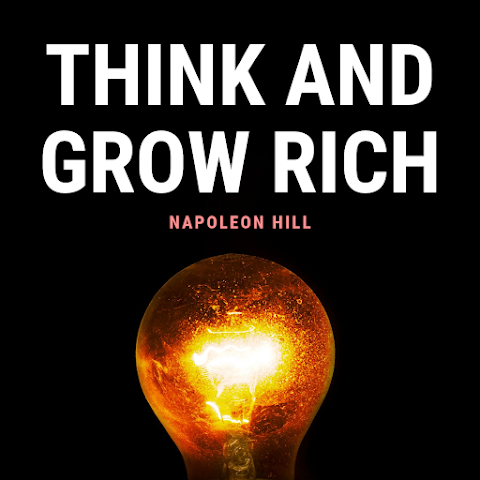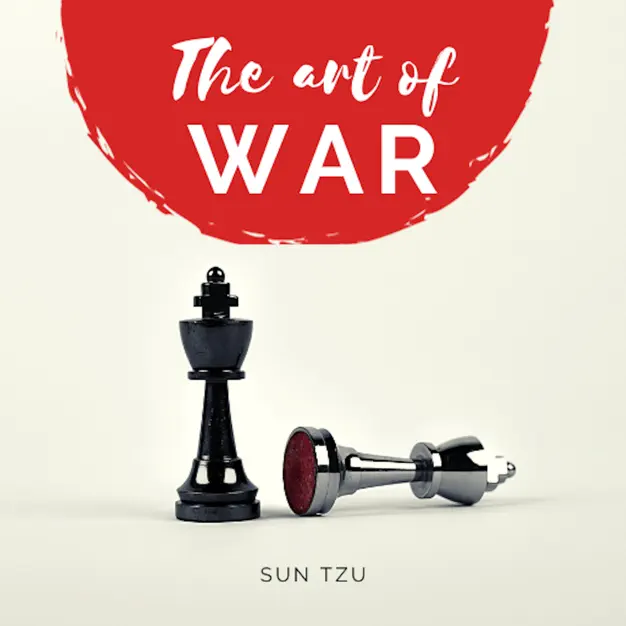Alexandre Dumas' "The Count of Monte Cristo" stands as a masterpiece of narrative craftsmanship. Originally serialized in a newspaper, the novel's intricate plotting, memorable dialogue, and masterful pacing continue to captivate readers nearly two centuries after its publication.
The Art of Serialization
As noted by Goodreads reviewers, the novel's serialized nature significantly influenced its structure. "Instead of getting the equivalent of a 2-hour movie, you're getting the equivalent of a TV show that ran for 9 seasons," one reviewer observes. This format explains the novel's numerous plot twists, cliffhangers, and intricate subplots - elements that kept 19th-century readers eagerly awaiting each new installment.
Pacing and Plot Structure
While some reviewers mention that certain sections could have been condensed, most praise the novel's ability to maintain engagement across its considerable length. The story "reads at lightning pace" and remains entertaining throughout, demonstrating Dumas' skill in balancing detailed character development with exciting plot progression.
"It's been a long time since I've read an adventurous novel and even longer that a book with over 1000 pages managed to entertain me from start to finish." - Goodreads Reviewer
Dialogue and Wit
Reviewers frequently highlight Dumas' sharp, engaging dialogue. The writing style gives "serious Oscar Wilde vibes," with witty exchanges that remain remarkably fresh and engaging. The dialogue serves not just as character development but as a vehicle for exploring deeper themes of ambition, wealth, and social status.
Narrative Complexity
The novel's intricate plot weaving has drawn both praise and criticism. While some readers note that "some of the plot was very convoluted," others appreciate how this complexity serves the story's themes of revenge and justice. The Count's elaborate schemes mirror the sophisticated conspiracy that destroyed his life, creating a satisfying narrative symmetry.
Setting and Atmosphere
Dumas excels at bringing his settings to life, from the grim Château d'If to the glittering salons of Paris. Reviewers praise his ability to authentically interweave historical and political context while maintaining the story's momentum. His descriptions create immersive environments that enhance the dramatic impact of the narrative.
Conclusion
"The Count of Monte Cristo" represents a pinnacle of 19th-century storytelling craft. Its masterful blend of complex plotting, engaging dialogue, and rich atmosphere continues to influence writers and entertain readers, proving that great storytelling transcends its era.



